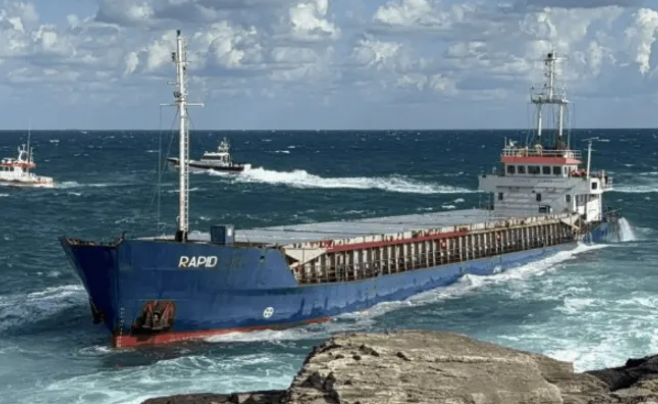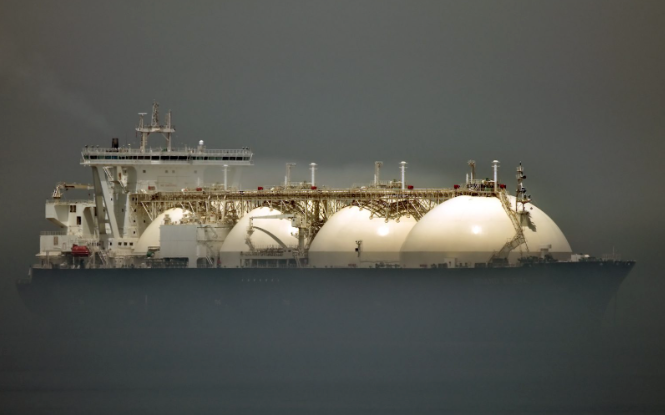Freight rates "plummet" for 14 consecutive weeks! Tariffs and port fees both "attack", what changes will the shipping industry see 2025?
Logistics News
![]() 21-Sep-2025
21-Sep-2025
The World Container Index (WCI), a key benchmark, fell 6% this week $1,913 per 40-foot container, marking 14 consecutive weeks of decline, as the industry faces multiple headwinds.
The downtrend amid heightened trade tensions, impending vessel restrictions by the US, and a shift in supply and demand dynamics that could reshape the global shipping landscape.
Rates on major fall, but with varying degrees of severity
Rates on major trade routes are currently on a downward trend, but with varying degrees of severity. The Transpacific spot rate which had briefly rebounded, fell once again, with rates from Shanghai to Los Angeles declining 4% to $2,561 per 40-foot container; from Shanghai to New York, rates fell 5% to $3,571 per 40-foot container. "The upward momentum from the GRI and the temporary from the suspension of air services has dissipated, leading to a decline in rates," according to Drewry.
The picture is more severe on the Asia-Europe. The spot rate from Shanghai to Rotterdam fell 11% to $1,910 per 40-foot container; and from Shanghai to Genoa rates fell 9% to $2,131 per 40-foot container. The steeper decline, according to Drewry, was attributed to the shipping lines "inability to match the new capacity (coming from new vessels entering service) with the weakness in demand."
Further rate falls expected
Drewry expects the to continue falling over the next few weeks, especially with the increase in the number of suspended sailings ahead of China's National Day holiday (starting Oct. 1).The second half of 2025 will see the relationship between supply and demand weaken once again, leading to a contraction in the spot rate," according to the company' Container Forecast.
Trade policy uncertainties exacerbate the weakness in the shipping market
The weakness in the shipping market comes as uncertainties around trade policies heighten. The Retail Federation (NRF) of the US reported that US container imports are expected to steadily decline for the remainder of 2025, due to the tariff hikes.
"The uncertainty around US trade policy makes it impossible to develop long-term plans essential to future business success," said Jonathan Gold, NRF's vice president for supply chain customs policy. "These tariffs and the supply chain disruptions have added costs that will ultimately be passed on to US consumers in the form of higher prices."
Shipping proactively restructure fleets to cope with the complex situation
Meanwhile, as the US is set to impose port charges on vessels built in China starting in October, shipping are proactively restructuring their fleets. The Premier Alliance has split its transatlantic MS2 service into two independent loops in order for ONE to redeploy 10 vessels in China away from US services.
The number of vessels built in China on the Asia-West Coast North America trade route fell by 19% to 102 from May to August, according to Drewry's data; a similar decline of 20% was seen on the Asia-East Coast North America trade. However, analysts Sea-Intelligence noted, "While there has been much discussion and reporting of lines redeploying vessels recently, the data does not support this for the transatlantic trade only to a limited degree for the transpacific trade."
Impact varies across the major lines
The impact of these changes has been mixed across the major shipping lines. COSCO Shipping Lines, which has the highest proportion of Chinese-built in its fleet, has said it will defend its transpacific routes despite the impending fees [COSCO Shipping Lines issues important notice]. Meanwhile, CMA CGM of has said it will not pass the surcharge on to shippers as the company can redeploy its fleet to mitigate the impact [CMA CGM’s stance: “No increase”! Take active measures to respond to the port fee in the United States].
With the industry entering the crucial fourth quarter, a combination of factors including falling freight, trade policy uncertainties, and changes in vessel deployments point to continued volatility in the global container shipping industry, a situation that could extend into 2026

Last
A cargo ship ran aground on the way to Ukraine, and a rescue operation was quickly launched!
On September 18, a cargo ship named "Rapid", flying the flag of Tanzania, ran aground near Pink Rocks Kefken, Turkey.The vessel, w

Next
Japan Post takes "big move": LNG fleet to "expand" by 50% in early 2029
Nippon Yusen Co., one of Japan’s three major shipping lines, plans to expand itsefied natural gas fleet by about 50% in early 2029
